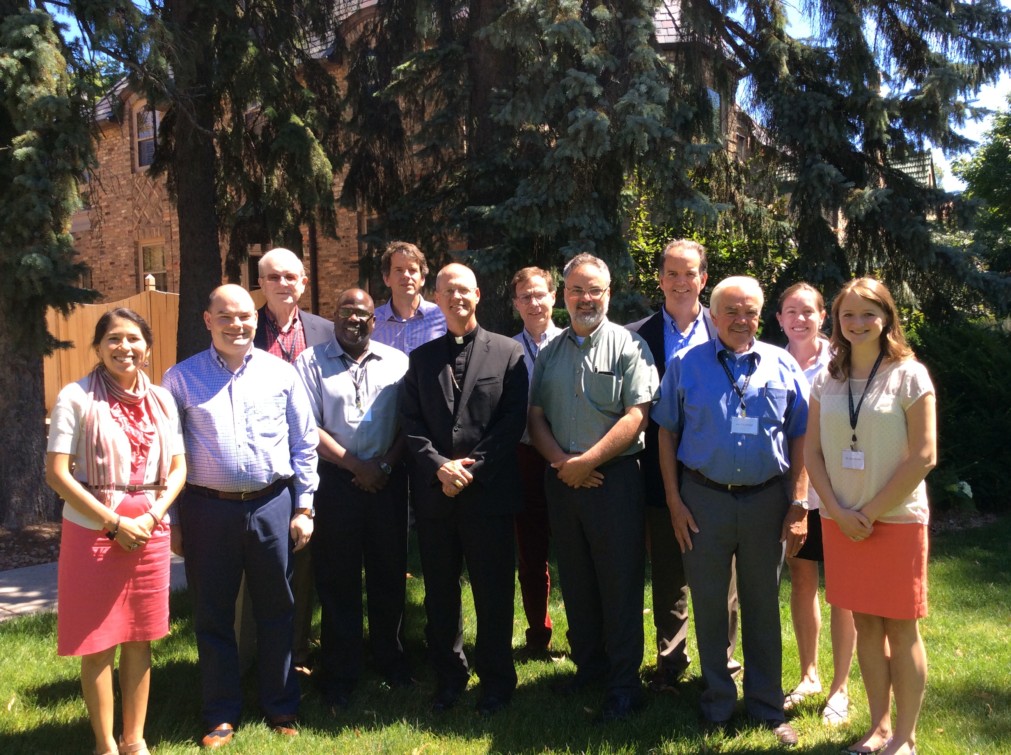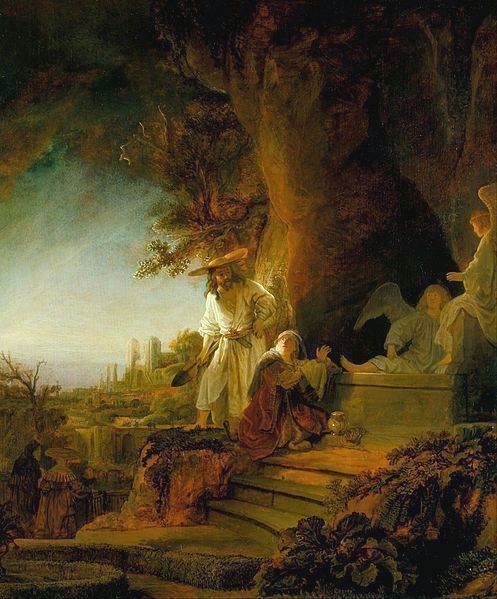
Ms. Cecilia Calvo, Mr. Jason Adkins, Mr. David Minge, Dr. Derrick Crim, Dr. Adam Kay, +pde, Mr. Michel Dupont, Dr. Christopher Thompson, Mr. Jim Ennis, Dr. Cal DeWitt, Nancy Senerude, Sarah (absent for the photo, Dr. Michael Naughton, Mr. Kurt Vickman)
Last week I spent three days in St. Paul on the campus of the University of St. Thomas, at the Center for Catholic Studies, with a very talented group of people exploring the serious possibility of beginning an Institute on Integral Ecology. The genius behind this idea is Dr. Christopher Thompson. (pictured next to me, front row, in the photo)
Last June, Pope Francis published a beautiful encyclical On Care For Our Common Home, in which he makes a clear case for an integral ecology and the need for greater care of God’s creation.
Recent research has discovered that out of the 244 Catholic Colleges and Universities in this country, not one has a program of studies for agriculture. This fact alone tells us that there has developed a growing separation between Catholic thought and creation. Therefore, one of the goals of an Institute for Integral Ecology would be to further develop a theology of creation. (Our time together last week developed about 80 other goals as well!)
An Integral Ecology seeks to acknowledge the many ways that the Creator has been separated from his creation, whether in practice or in thought, and find ways to re-integrate the relationships between God and nature, God and humanity, and obviously, humanity with all of creation. This is one of the primary teachings of Pope Francis in his encyclical, Laudato Si, everything is related!
To help you better understand what such an Institute hopes to accomplish, our time together last week began with an evening concert. The Rose Ensemble provided the beauty of voices and instruments, singing an array of spiritual hymns honoring St. Francis and his love for creation. The evening was a blending not only of beautiful voices, but a blending of music with readings of poetry and selections from Pope Francis’ Laudato Si. In essence, the program was a blending – an integration – of goodness, beauty and truth. It was delightful, as well as a provocative way to bring people together in an effort to promote the need and desire for cultivating all that is good in the human person and creation, in harmony with our Creator.
Dr. Thompson organized this core group with the intention of bringing together a variety of individuals and backgrounds. The group included biologists, theologians, business, legal and legislative perspectives, as well as those involved in national and international agriculture and ecological efforts. Even from a faith perspective, there was a wide array of thought present at the table, each giving respectful and insightful contribution to a better understanding of how the work of this Institute can bring about heightened awareness and conversion of individuals, thoughts and practices, all contributing to the common good and human flourishing.
 One moment which brought the whole complex idea together for me was a reflection on a piece of art by the great artist Rembrandt. Recall the beginning account of the bible, God creates heaven and earth, and all within it. He created a garden, and placed within this garden the crown of creation, man and woman; Adam and Eve. This is the moment of creation which displays for us the original beauty and harmony enjoyed by the Creator with all of creation, and the human person. Then, through human freedom, sin entered onto the scene, and the dis-ordering of creation began.
One moment which brought the whole complex idea together for me was a reflection on a piece of art by the great artist Rembrandt. Recall the beginning account of the bible, God creates heaven and earth, and all within it. He created a garden, and placed within this garden the crown of creation, man and woman; Adam and Eve. This is the moment of creation which displays for us the original beauty and harmony enjoyed by the Creator with all of creation, and the human person. Then, through human freedom, sin entered onto the scene, and the dis-ordering of creation began.
Jesus, through the Incarnation, by the will of the Father, is sent into the world to restore the covenant between God and the human family. Jesus is the great Integrator, who comes to re-orient, to re-integrate what human sin and frailty has dis-integrated.
This Rembrandt painting beautifully captures the resurrection scene from John 20, when Jesus appears to the first witness of his resurrection, Mary Magdalene. Recall in this scene how Mary mistakes the Risen Jesus for the ‘gardener?’ Perhaps it was no mistake at all! Rembrandt captures this scene, along with a great deal of theology, by depicting Jesus wearing a straw hat, carrying a shovel with pruning shears tucked in his belt.
The light of the scene does not originate from the Risen Christ, but rather is the Light of the New Creation, with the New Jerusalem in the background. Jesus, Risen and bearing the fullness of life is the one who through his death and resurrection, his life and ministry, entered the garden of this world to restore us to a right relationship with God, one another, and all creatures small and great. The Risen Christ is still among us, conquering the darkness, calling us to conversion of life and holiness.
The Garden of our Common Home indeed has a Care-taker, and he is Jesus Christ. He comes to restore the harmony and proper ordering of the human heart and soul, along with the wisdom inherent in all of creation. He comes fully prepared to restore the human flourishing of the one family of God, that we may live justly in the eyes of God upon the face of the earth, until he makes all things new and subjects everything once again, fully renewed and restored to the Father of all.
+pde
0